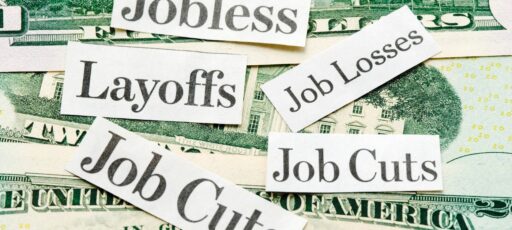“Economists forecast core CPI rose 0.4% in March, compared with 0.5% in February, and reached a 5.6% annual pace—up from 5.5% the month before.”
The Consumer Price Index (CPI) for March is set to be released by the Bureau of Labor Statistics on April 12 at 8:30 AM Eastern Time. While the Federal Reserve Board’s rate hikes have slowed down the economy, wage growth has been encouraging with an average hourly wage increase of just 3.2% annually over the last three months. This is below the pace of wage growth seen before the pandemic when inflation was below the Fed’s 2% target. Therefore, inflation should slow down towards the Fed’s target in 2023 unless there is a shift from wages to profits.
Inflation in non-housing services, which the Fed Chair has indicated as being driven primarily by wages, may not be entirely accurate since it also depends on goods inputs. Nonetheless, the slowing wage growth should result in lower inflation in many services, especially as supply chain pressures ease. Inflation in some services was never very high, such as medical care services which have risen only 2.1% in the year and even fell by 0.7% in each of the last two months. There could be improvements in areas such as transportation services and recreation services, and the restaurant index could grow more slowly as wage growth has slowed in the sector.
Rent has been a significant factor in driving inflation in 2022, accounting for 31% of the overall CPI and almost 40% of the core index. However, we can expect to see a slowdown in rental inflation as private indexes of marketed units have been showing much slower rent increases since late summer. This means that the CPI should reflect the slowdown in rental inflation. The prices of many items that saw big price increases due to supply chain problems in 2021 and 2022 have been partially, but not entirely, reversed. There could be further price declines for vehicles, appliances, furniture, and car parts.
Food prices had been rising rapidly due to various factors in the pandemic, but inflation in food prices at earlier stages of production has slowed sharply. Wholesale prices of some visible items such as eggs have fallen sharply in recent weeks, and lower prices at the wholesale level will increase workers’ purchasing power and improve their views of the economy.
Gas prices have stabilized, with oil prices hovering around $75 a barrel for most of March. The trend for inflation is downward, and we should see a better picture of inflation in the months ahead, with much depending on how quickly the slowing inflation in the rent of marketed units shows up in the CPI rental inflation measures.
Receive the Only Headline Weekly Reporter Newsletter by SMS/Text covering the latest tech, biotech, growth, small and mid cap stocks analysis.
Gregory Timmons
Only Headline Contributor
On the date of publication, Gregory Timmons did not have (either directly or indirectly) any positions in the securities mentioned in this article. The opinions expressed in this article are those of the writer/contributor. Greg Timmons is not a licensed financial advisor and this should not be construed as investment advice. Please consult your own financial professional.




